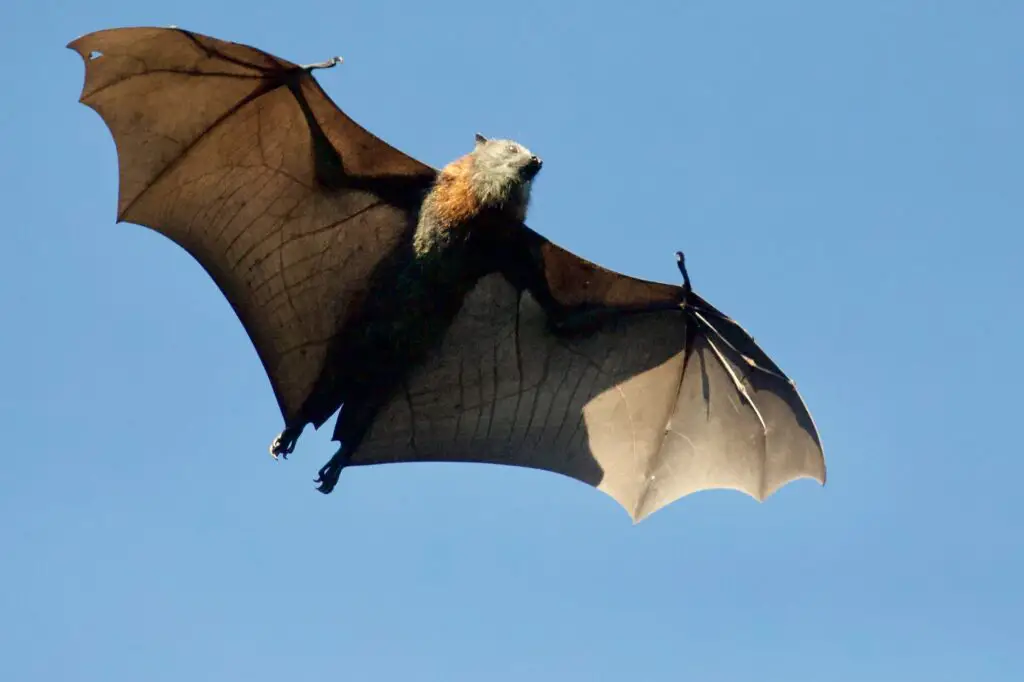Bats are nocturnal animals that are known for their unique ability to navigate through the dark using echolocation. This means that they emit high-pitched sounds that bounce off objects in their environment and then return to their ears, allowing them to form a mental map of their surroundings.

If you’re hearing strange sounds coming from your walls, it’s possible that you have bats living in your home. Here are some of the sounds that bats might make in walls:
- Scratching and Scuttling Sounds: When bats roost in walls, they often create small openings or gaps where they can enter and exit. As they move in and out of these openings, they may create scratching or scuttling sounds that can be heard from inside the wall.
- Chirping and Chattering: Bats communicate with one another using a variety of vocalizations, including chirping and chattering sounds. These sounds can often be heard coming from inside walls if there is a bat colony living there.
- Flapping Wings: When bats take off or land, they often make flapping sounds with their wings. If you hear a rustling or flapping sound coming from your walls, it’s possible that bats are flying in and out of the roosting site.
- High-Pitched Squeaking: Bats emit high-pitched squeaking sounds as part of their echolocation process. While these sounds are typically too high-pitched for humans to hear, it’s possible that you might hear them if the bat colony is particularly close to the wall or if there is a gap or hole in the wall that allows the sound to escape.
It’s important to note that while bats may make some noise as they move in and out of walls, they are generally not loud or disruptive animals. In fact, they are often quite quiet and unobtrusive when they roost during the day.
If you suspect that you have bats living in your walls, it’s important to take action to address the situation. While bats can be beneficial to the environment by consuming large quantities of insects, they can also carry diseases such as rabies and histoplasmosis. Additionally, their droppings (known as guano) can accumulate in walls and ceilings, creating a health hazard and unpleasant odor.
To remove bats from your walls, it’s important to contact a professional wildlife removal service. They will be able to safely and humanely remove the bats from your home and seal up any entry points to prevent them from returning. It’s important not to attempt to remove bats on your own, as they are protected under the law in many areas and their removal can be dangerous for both humans and bats.
In conclusion, if you’re hearing strange sounds coming from your walls, it’s possible that you have bats living in your home. Bats may make a variety of sounds, including scratching, scuttling, chirping, flapping, and high-pitched squeaking. If you suspect that you have bats in your walls, it’s important to contact a professional wildlife removal service to address the situation and ensure the safety of both humans and bats.